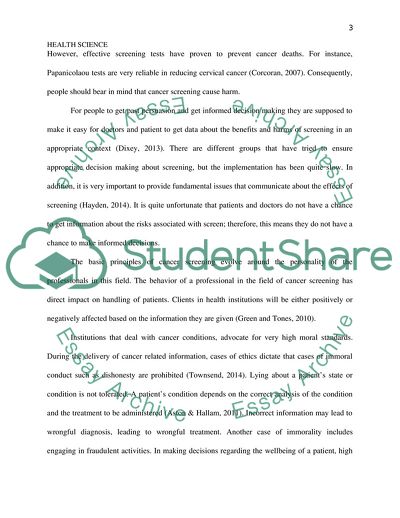A critical commentary on developing a health resource Essay. https://studentshare.org/medical-science/1850164-developin-a-health-resource-cancer-screening
A Critical Commentary on Developing a Health Resource Essay. https://studentshare.org/medical-science/1850164-developin-a-health-resource-cancer-screening.


